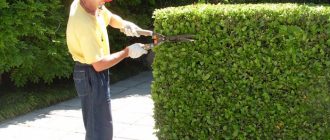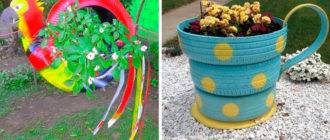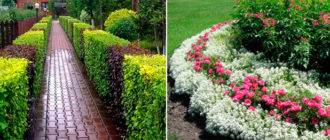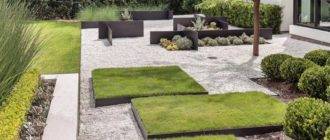Many do not realize that just watering and feeding the plants on time is not enough to get a good result. Each flower or tree loves its microclimate and will respond with gratitude to your care.
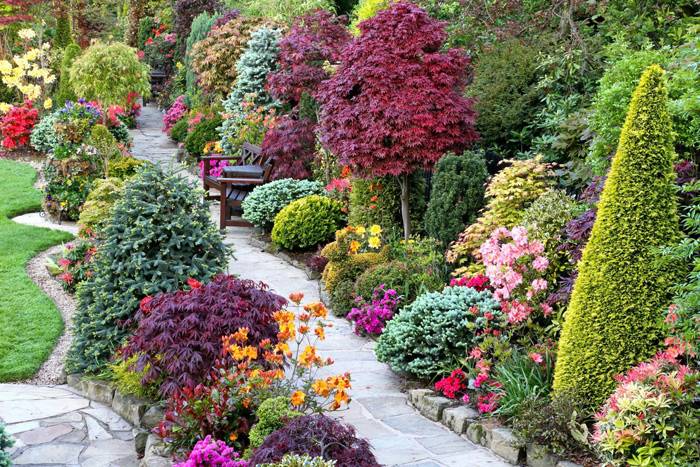
What perennials love
First of all, those places where there is a lot of fallen leaves. This dense layer prevents roots and lower branches from freezing, even in a harsh winter.
Secondly, the leaves rot over time, forming a useful nutrient mixture. A bonus to this process is the appearance of earthworms. And this, as you know, improves the structure of the soil.

Where to dig seedlings
An inexperienced gardener will say: of course, from the south side. And he will be wrong. It is here that the biggest temperature difference is in autumn and winter. There is a risk of getting burned or, on the contrary, freezing the tender bark of young animals. And in spring, in the south, the snow will melt faster, which means that the protective layer will weaken.
The best option for seedlings is to place them on the west side near buildings. And if winters in your area can be snowless, take care of a thick layer of mulch.
In the west, it is recommended to plant capricious roses. Here they will have enough warmth and light.
On the northern side of the site, near buildings, perennial rhizome plants thrive. There will be a lot of snow here, there are no temperature drops - the flowers will thank you.
Where the east side is useful
The most insidious place in the garden. In the east, there is a large temperature difference, so in the middle zone, where there is a possibility of frost return, you should not risk young plants.
In warm areas where there is no snow, the east side is not dangerous for green pets.
Under the roof of my house
The dampest places are under the roof drains and around the crowns of large trees. Plant moisture-loving plants here.
Remember: there is dry soil directly UNDER the crown of the tree. Here is a place only for drought-resistant plants.
Where to plant evergreens
Evergreen trees and shrubs do not like bright sun and grow well in the shade. Therefore, they have the very place at the north side of the house. But do not plant plants very close to the walls, as the ground freezes here much more.
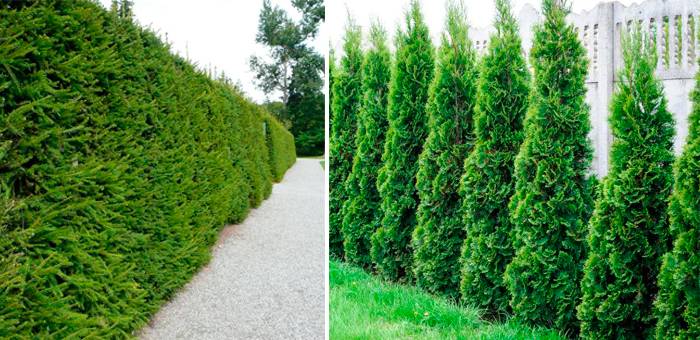
In the north, it will be comfortable for perennials, which can prematurely "come to life" in the spring and get burned. In the summer, the shadows from the buildings will be shorter and the plants will be sufficiently lit.
Wind protection
A solid barrier, such as a fence or a wall, will not always be able to protect heat-loving plants from the wind. Strong gusts go around the obstacle and hit the garden with a vengeance. Thickets of tall bushes or spreading trees can shield from the wind. They take the blow on themselves, "extinguish" strong air currents.
A hedge will also help in those areas where there are constant drafts. Arranged in a high place, such a landing will be good protection.

Use the warmth of your home
Sometimes some areas on the site can receive additional heat. These are the places where ventilation exits from the basement, exhaust air from a gas boiler or sewer pipes. Heated houses warm the ground well. The temperature around can rise by several degrees. Here is the place for the heat-loving.
But if the house has good thermal insulation, then there will be no desired effect.
These are just some of the nuances of the location of green plantings on the site. Considering these tips, you can make plant life more comfortable and safer. In difficult cases, you should contact specialists - agronomists or landscape designers.

